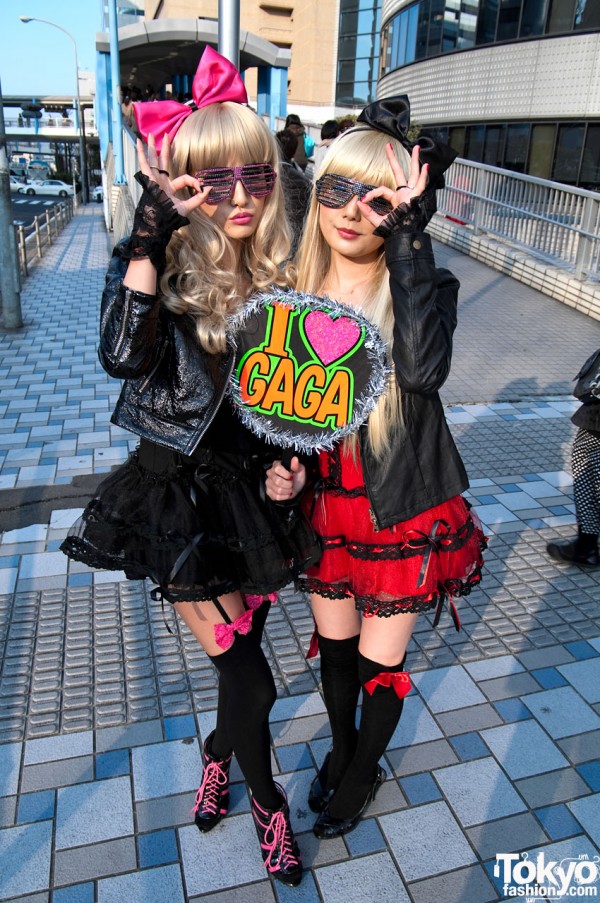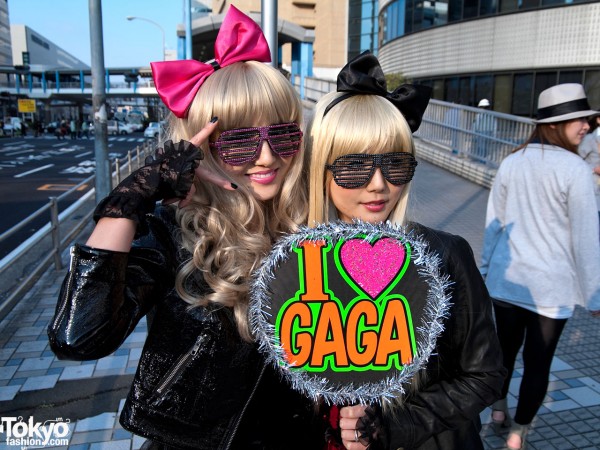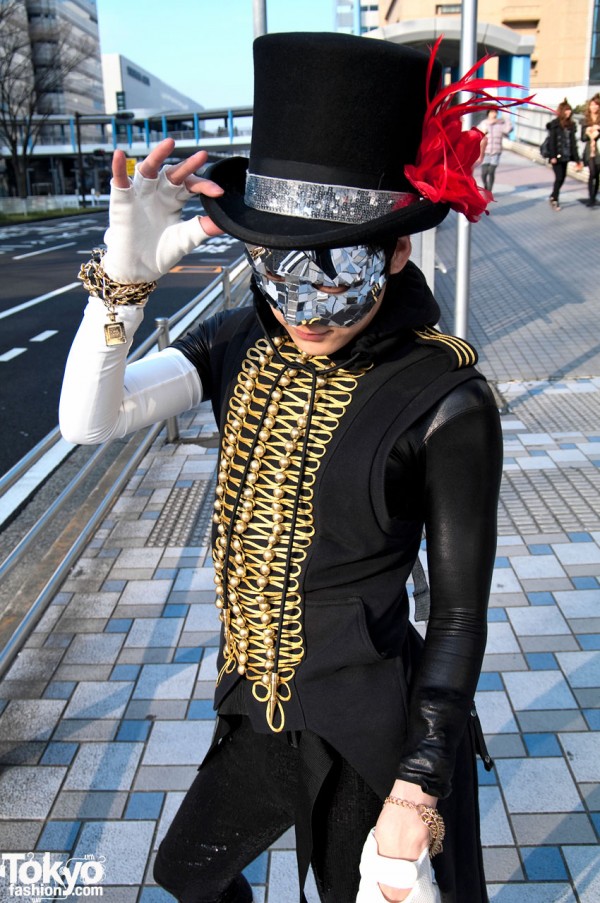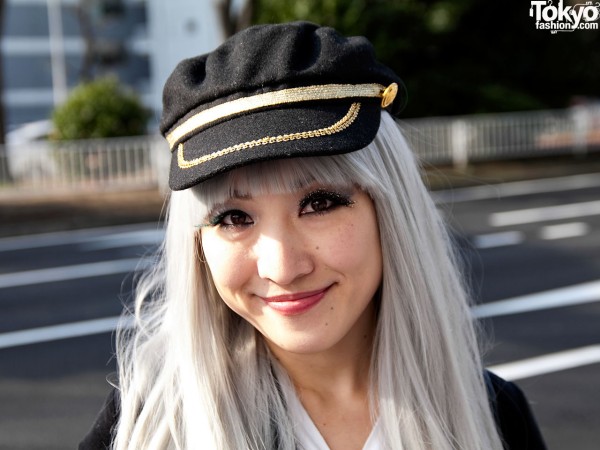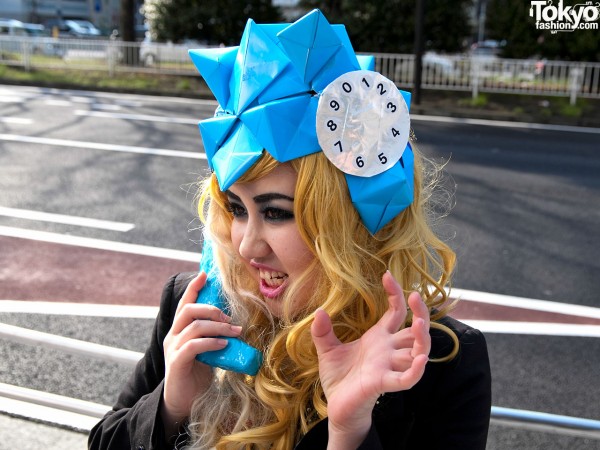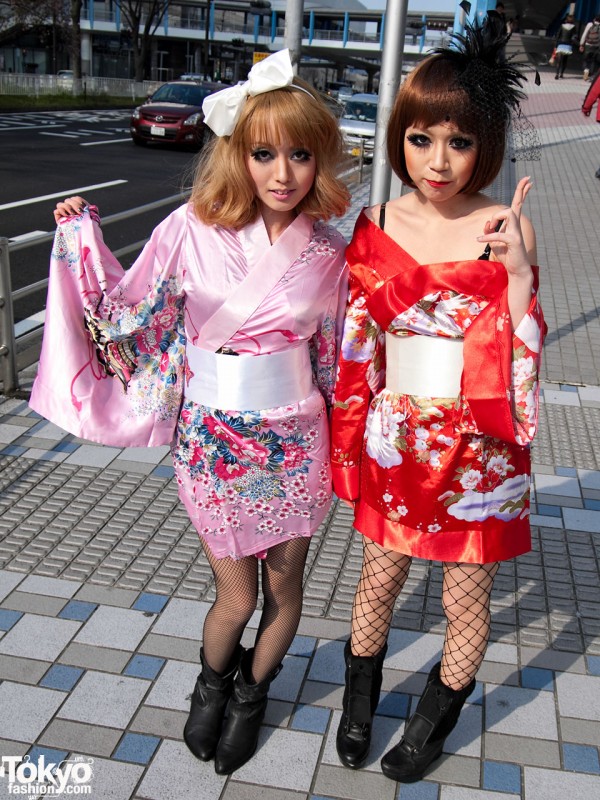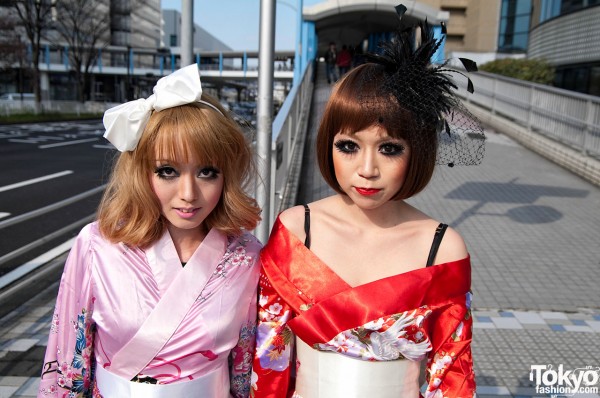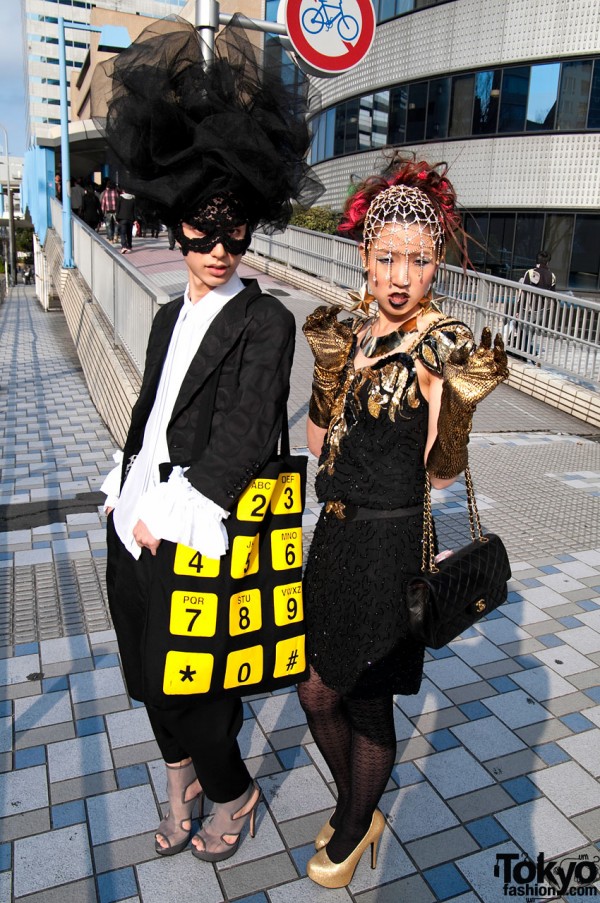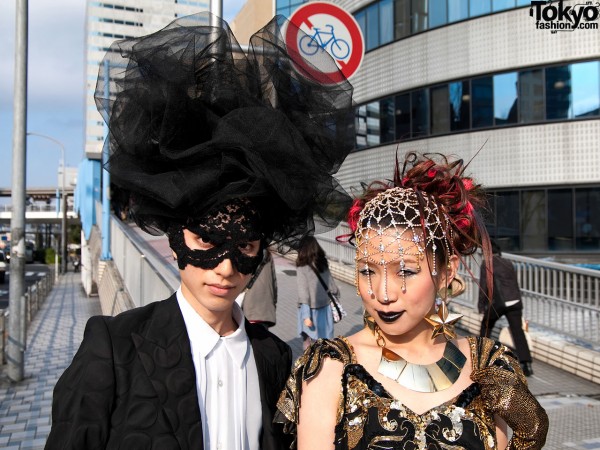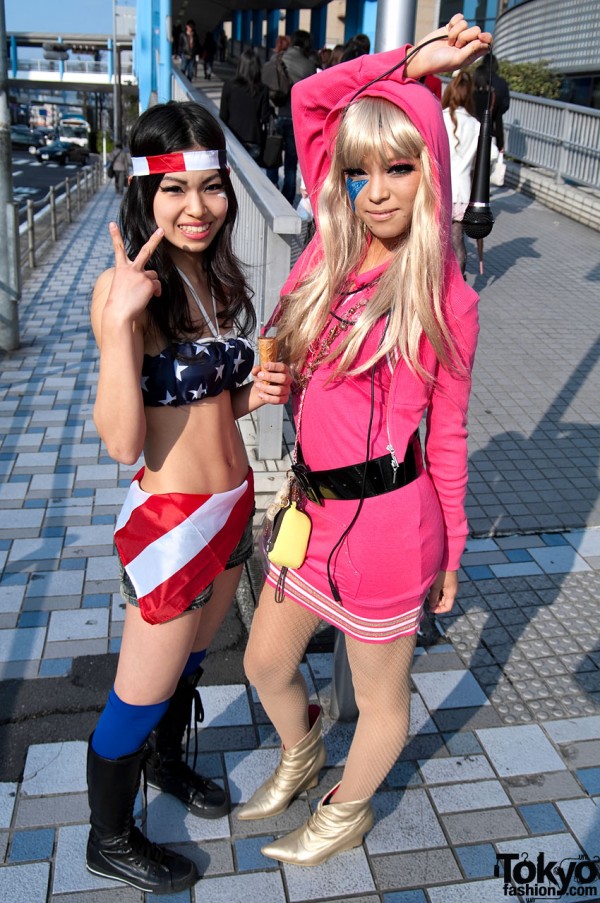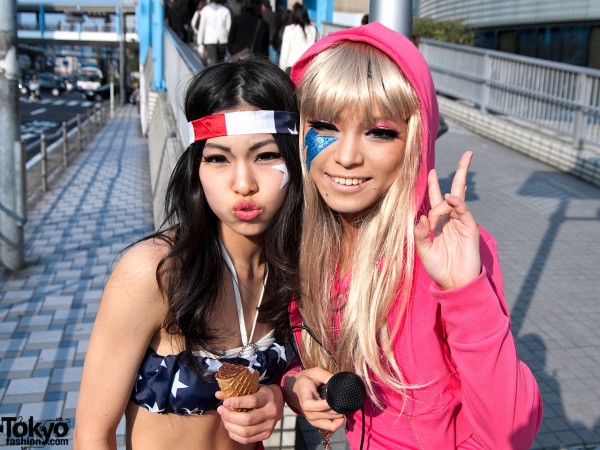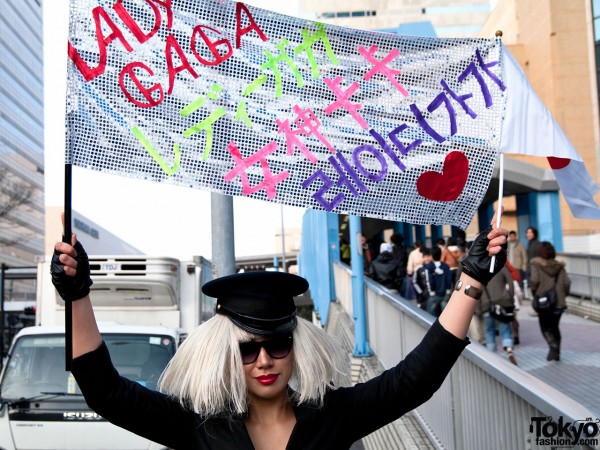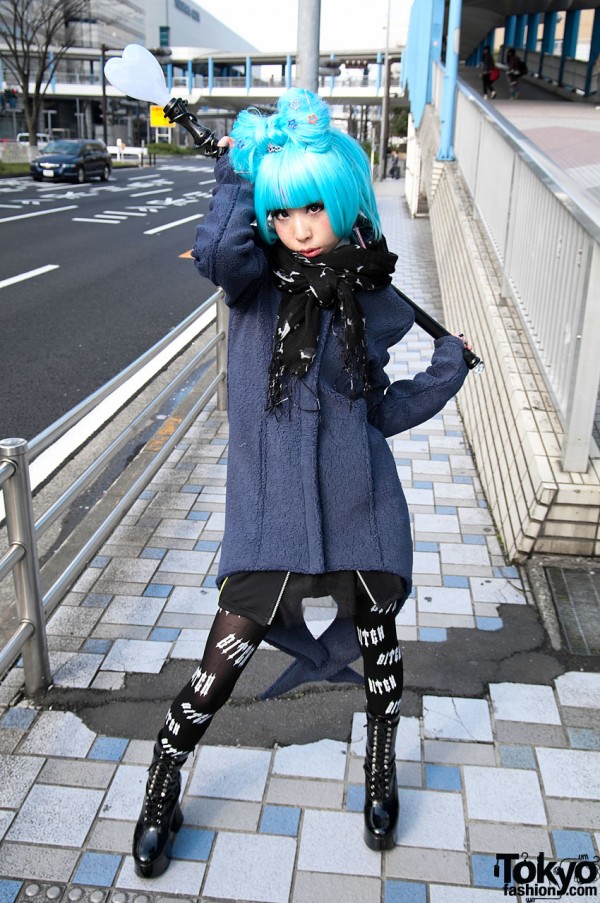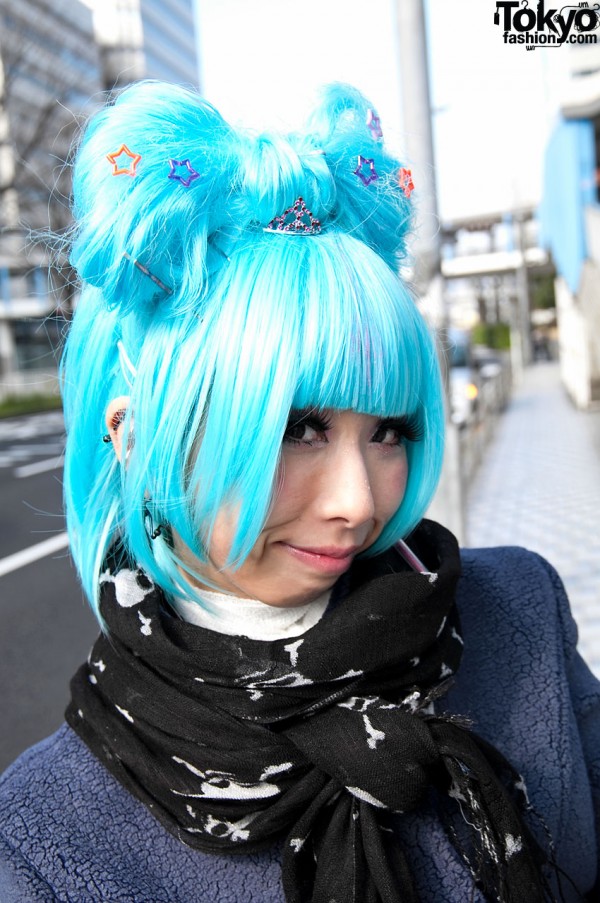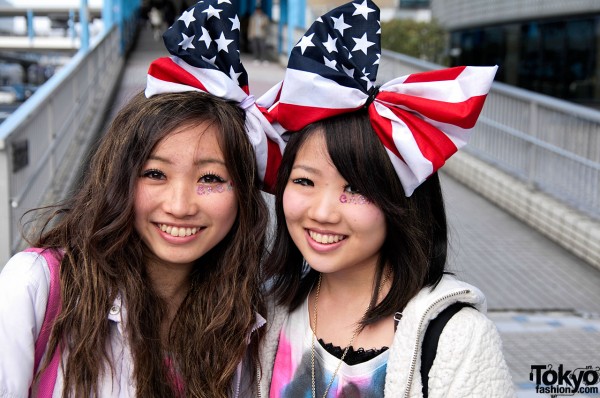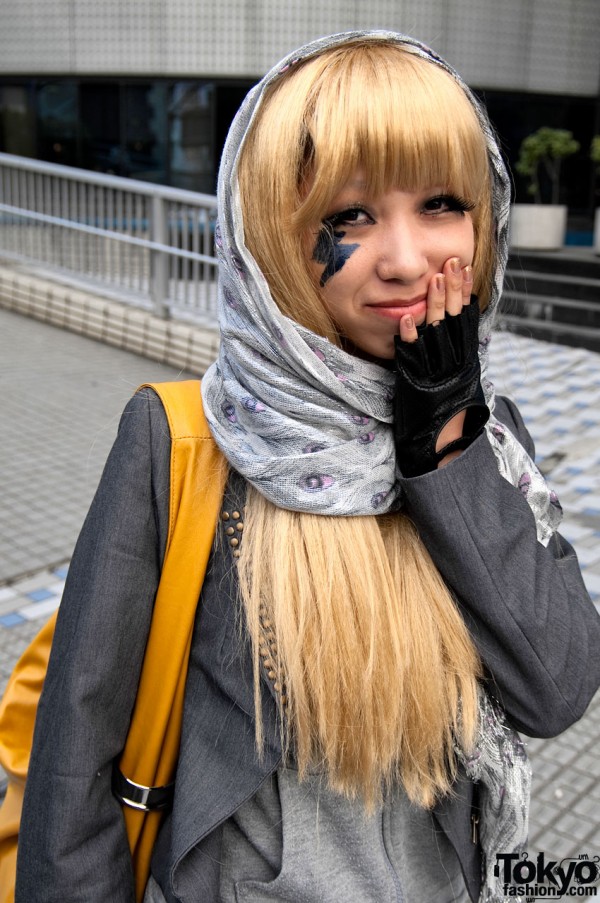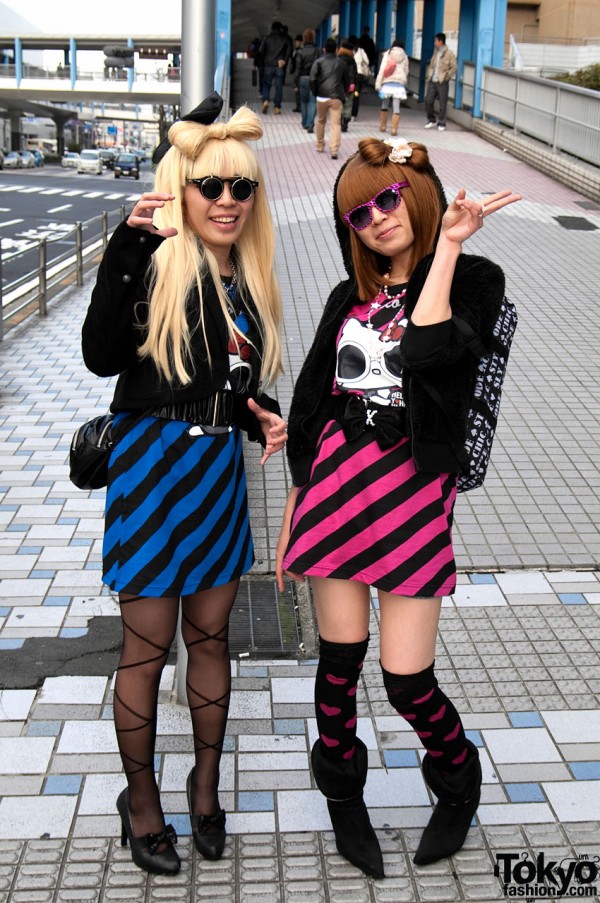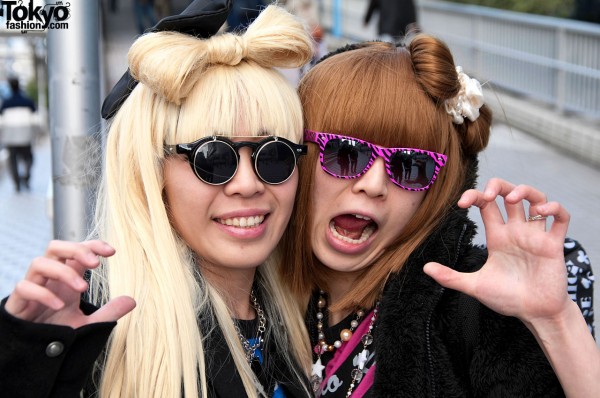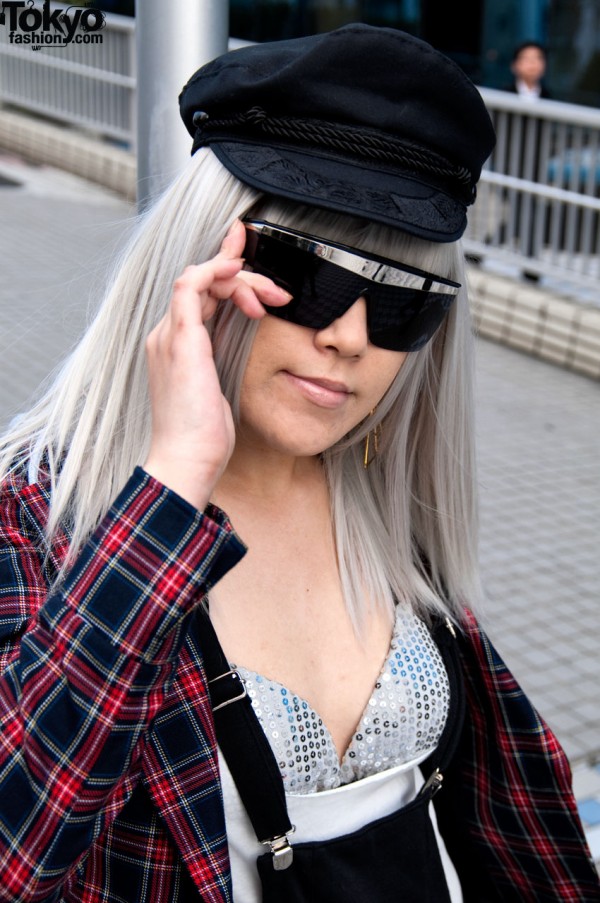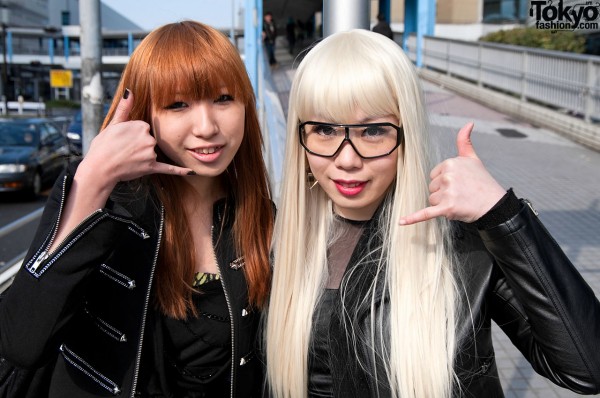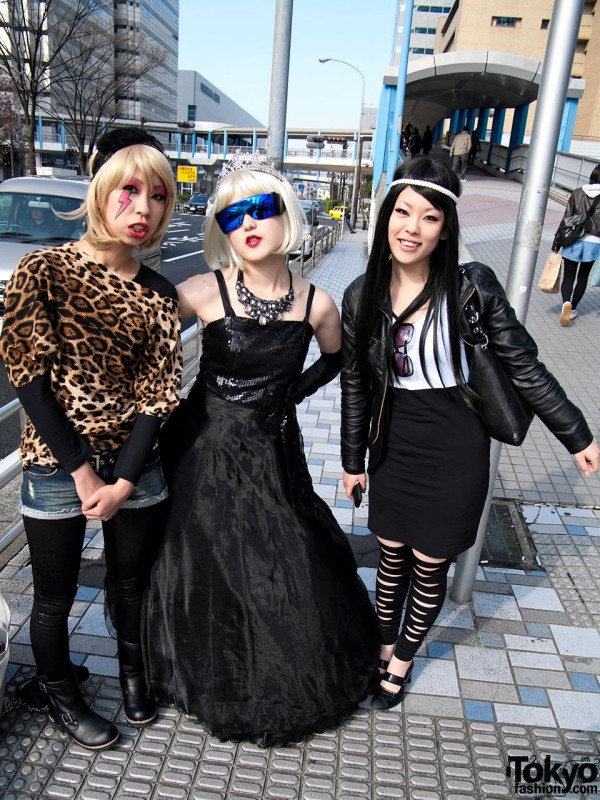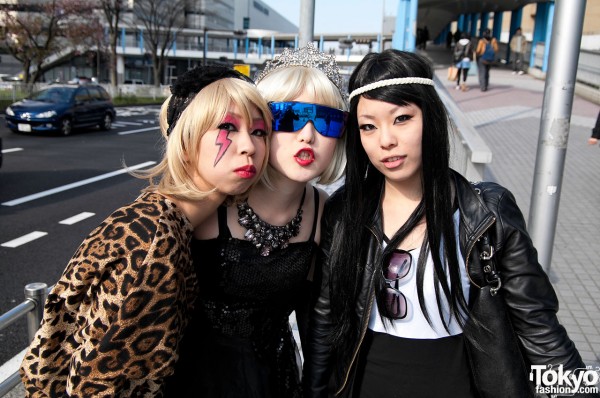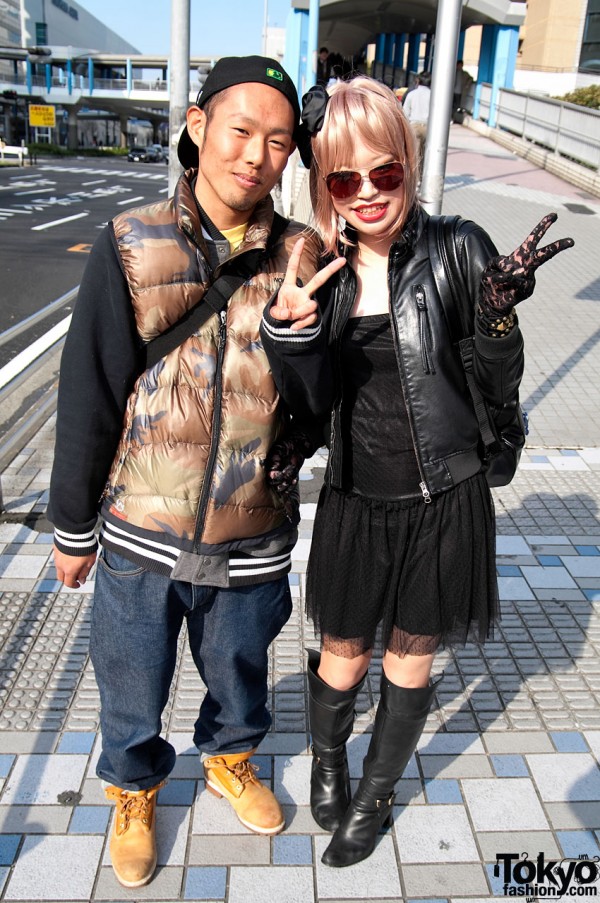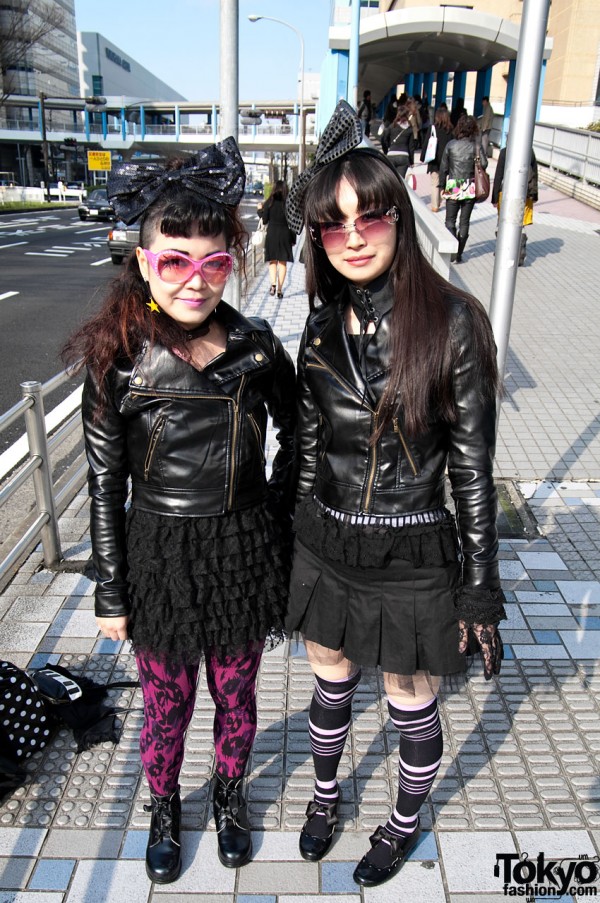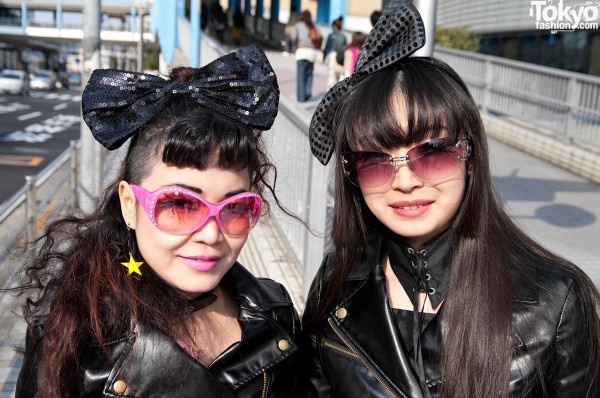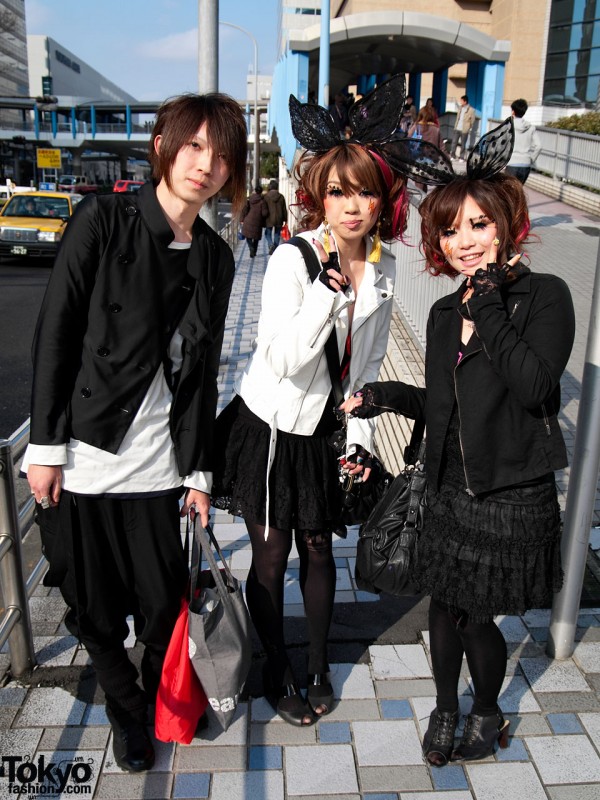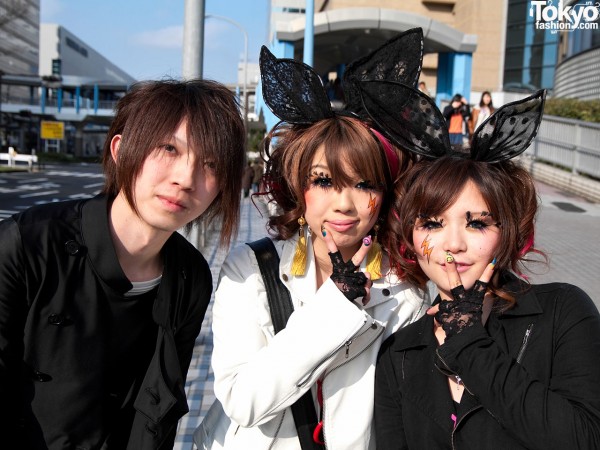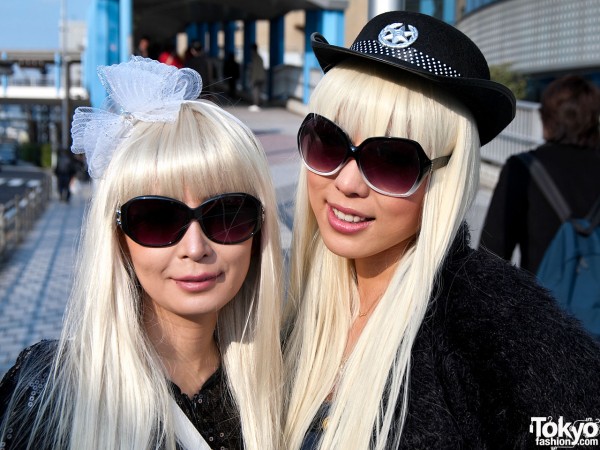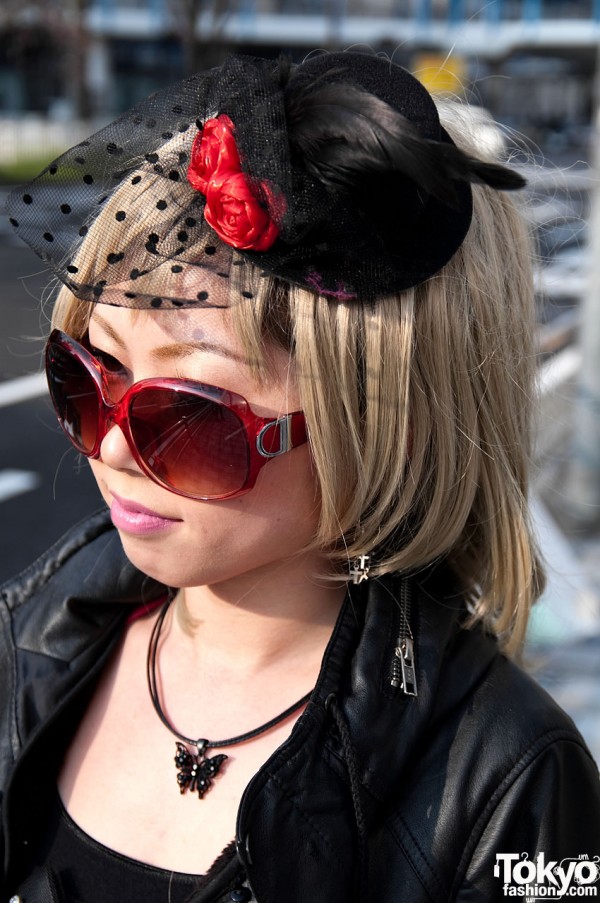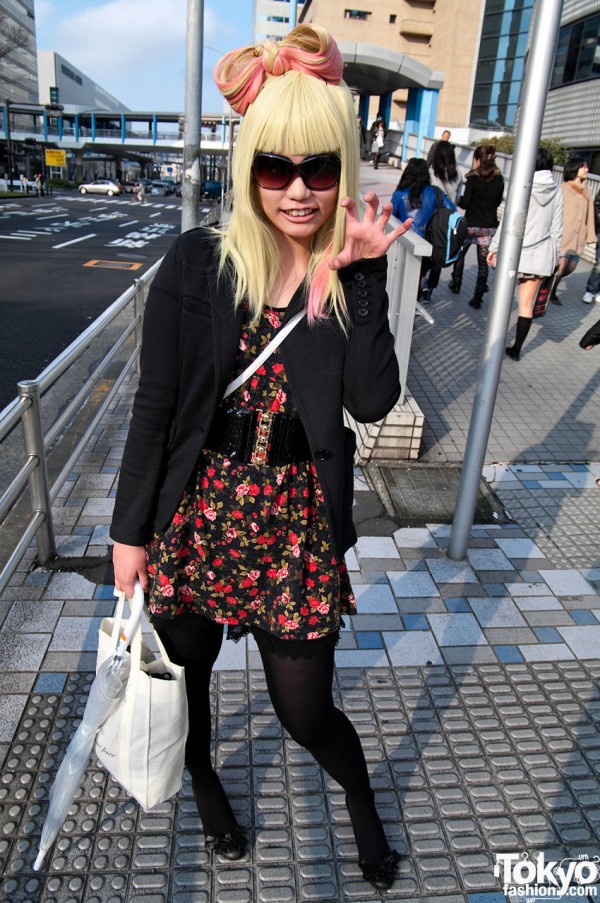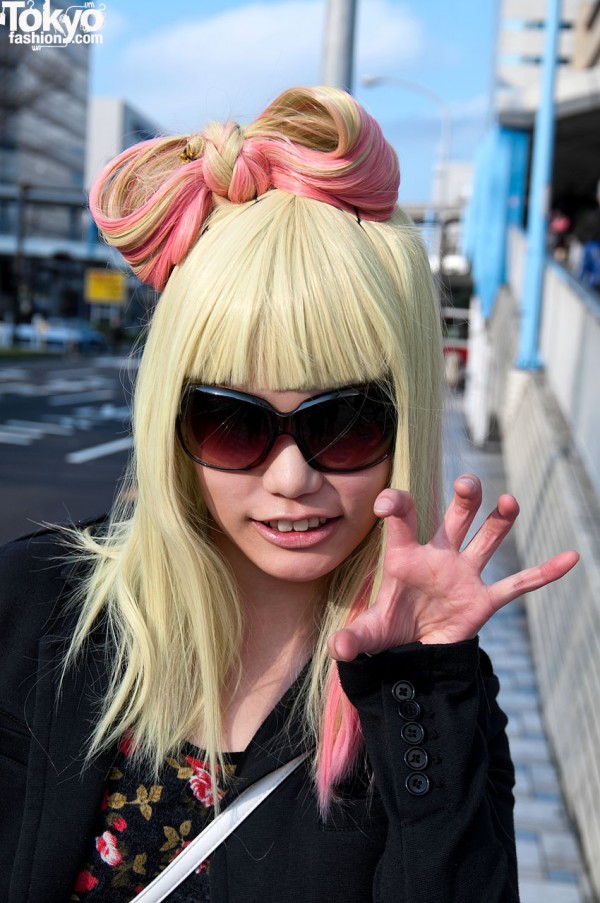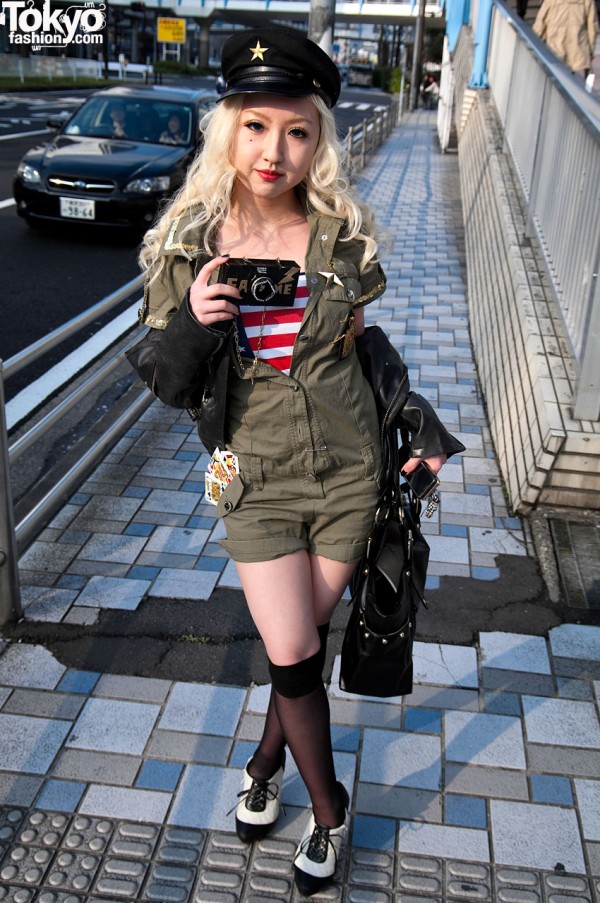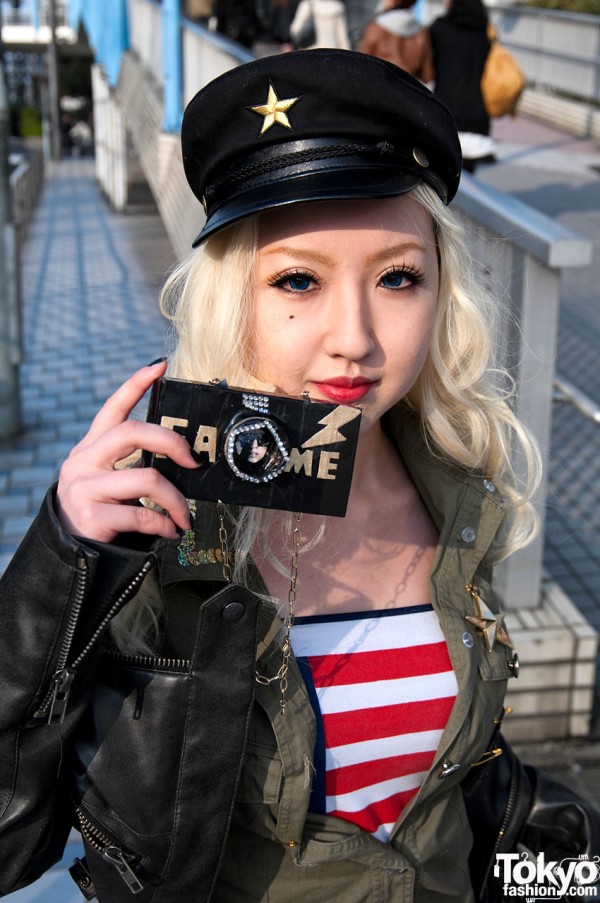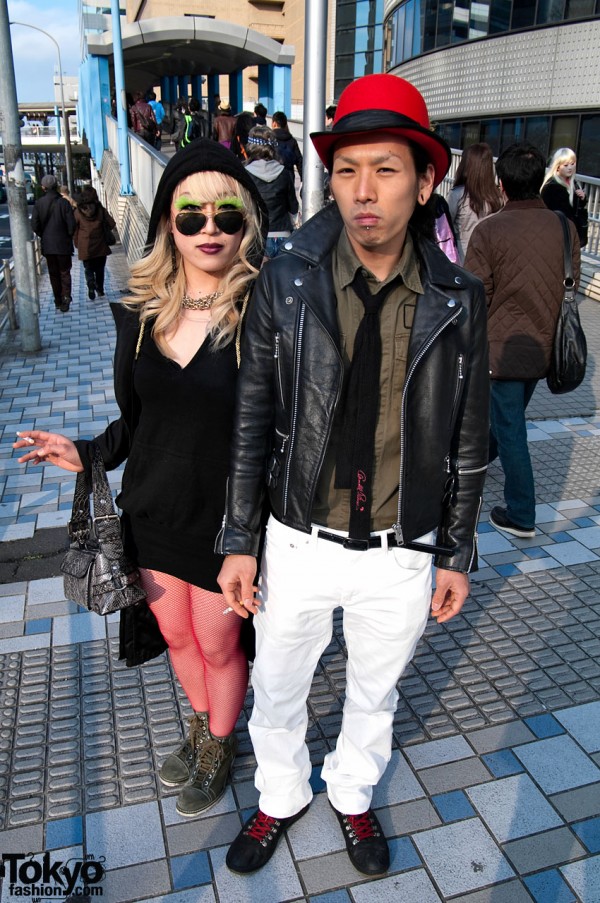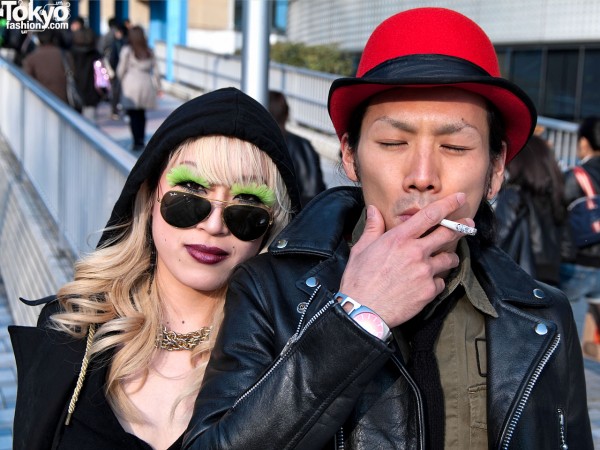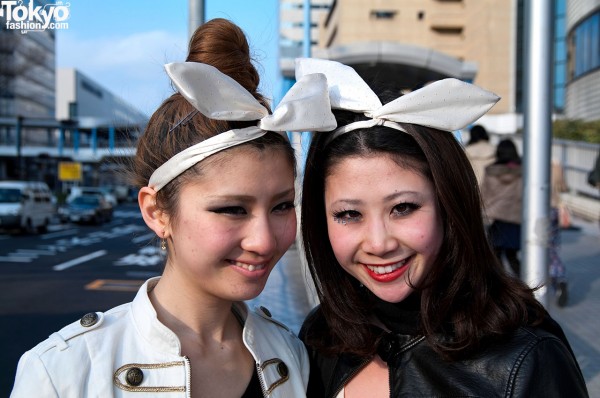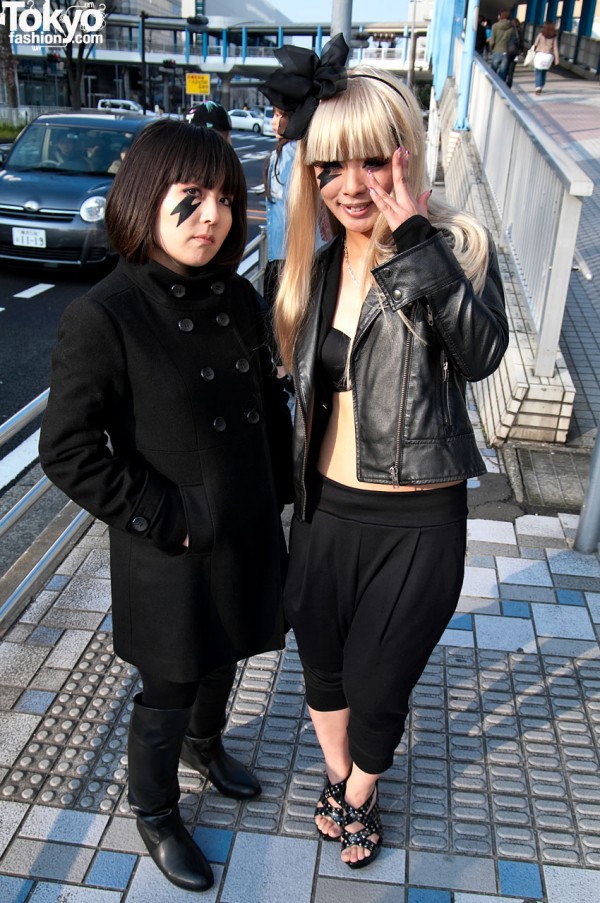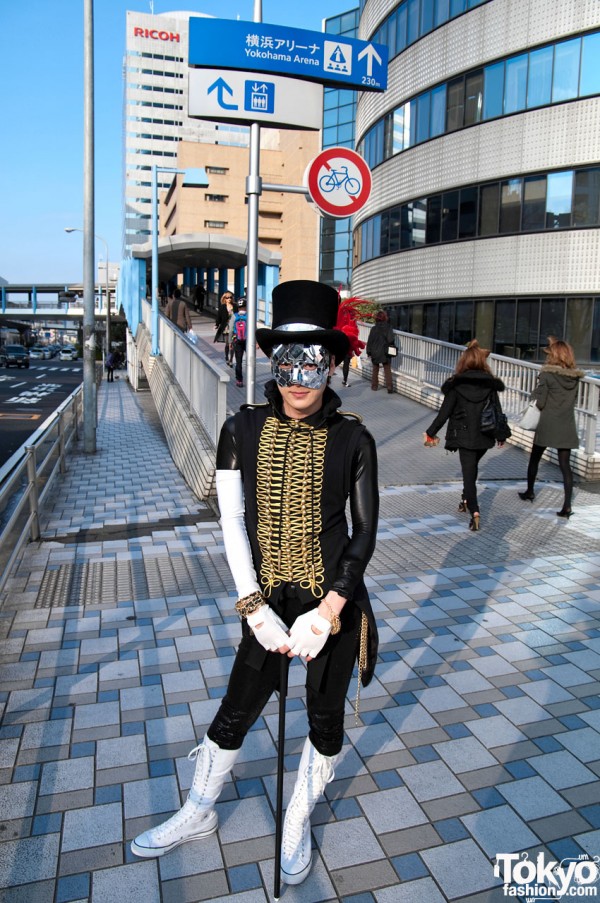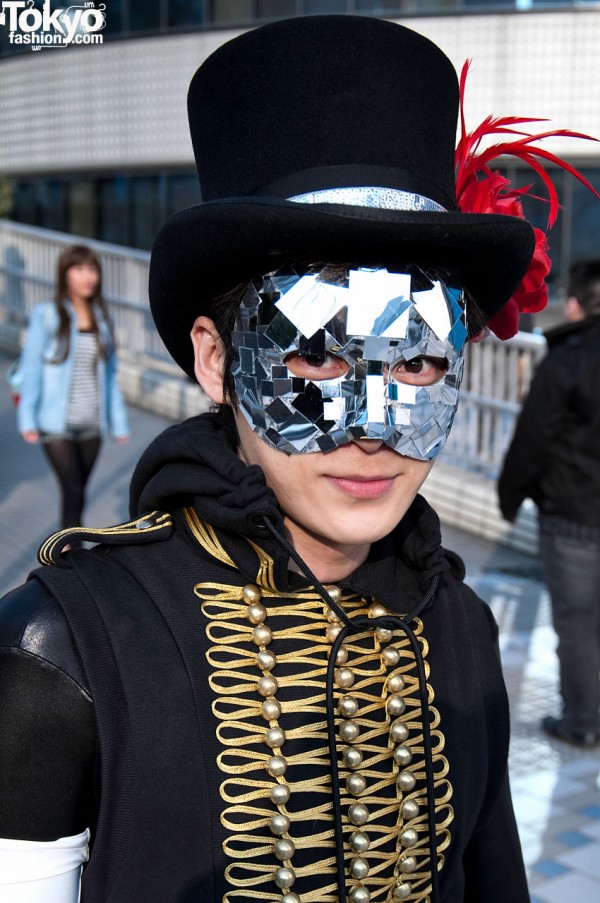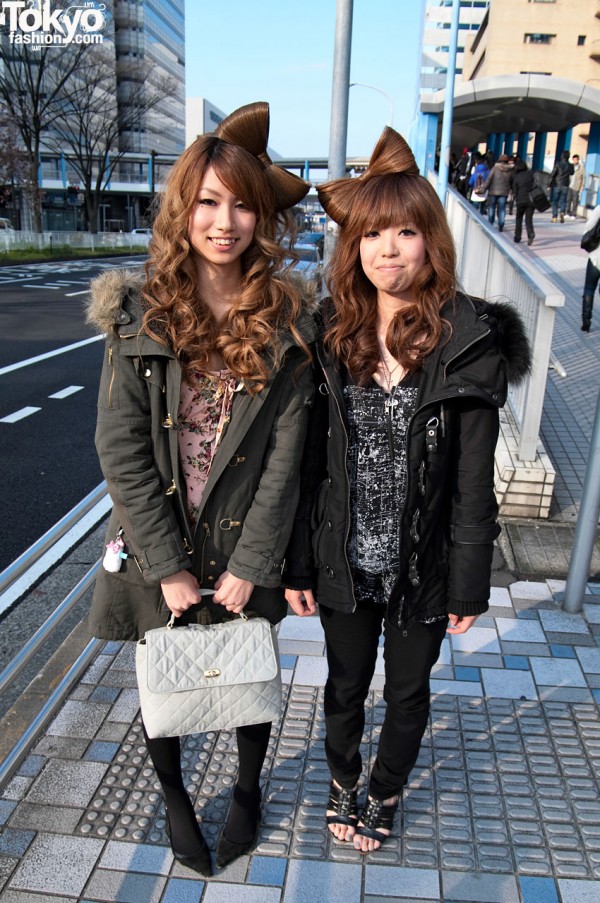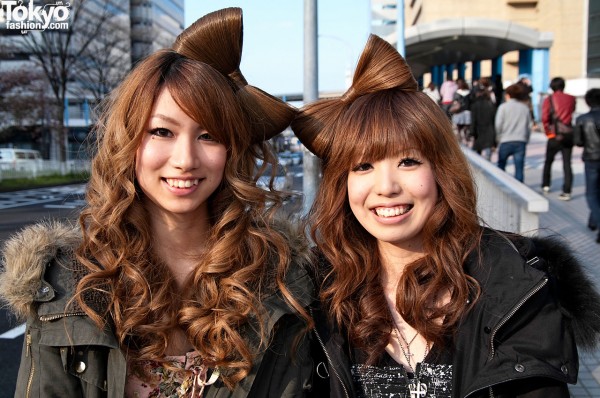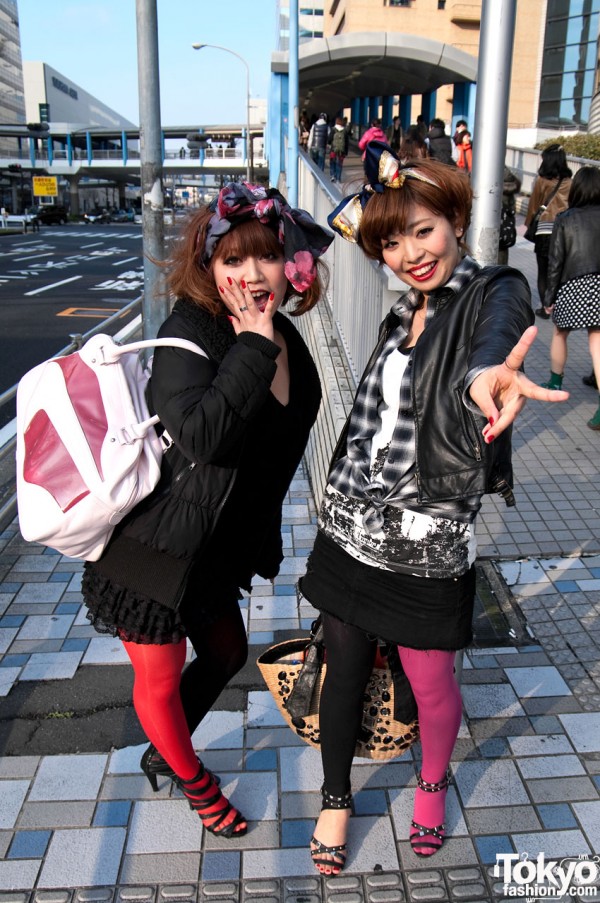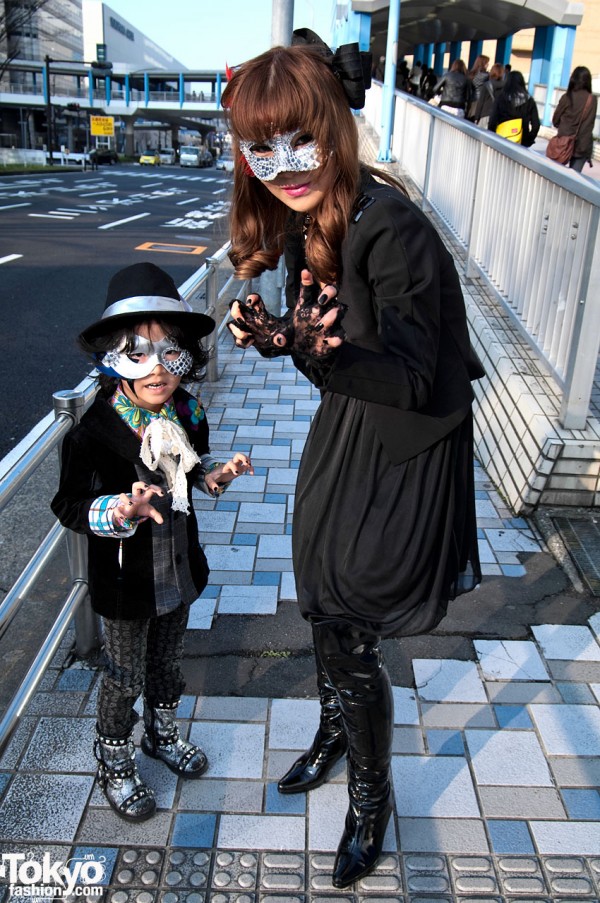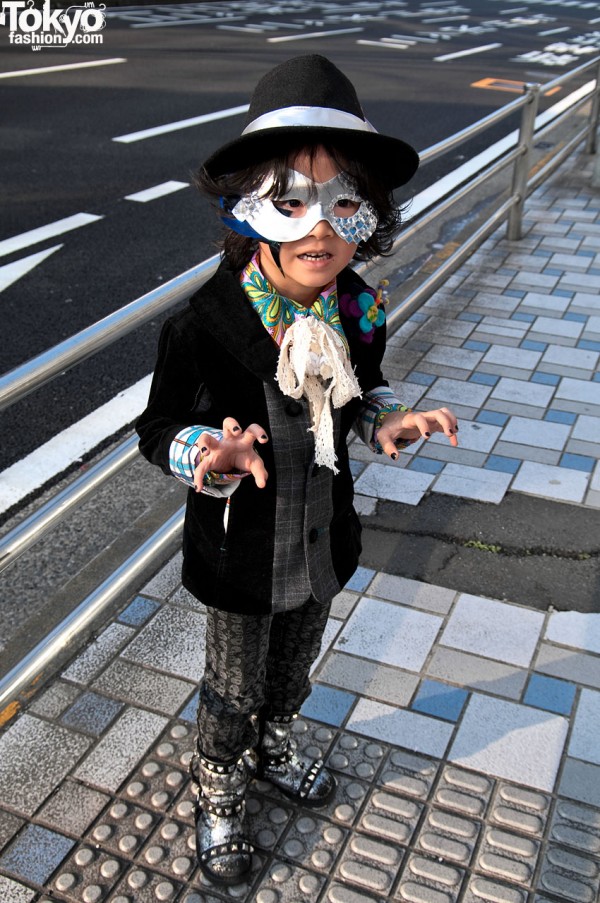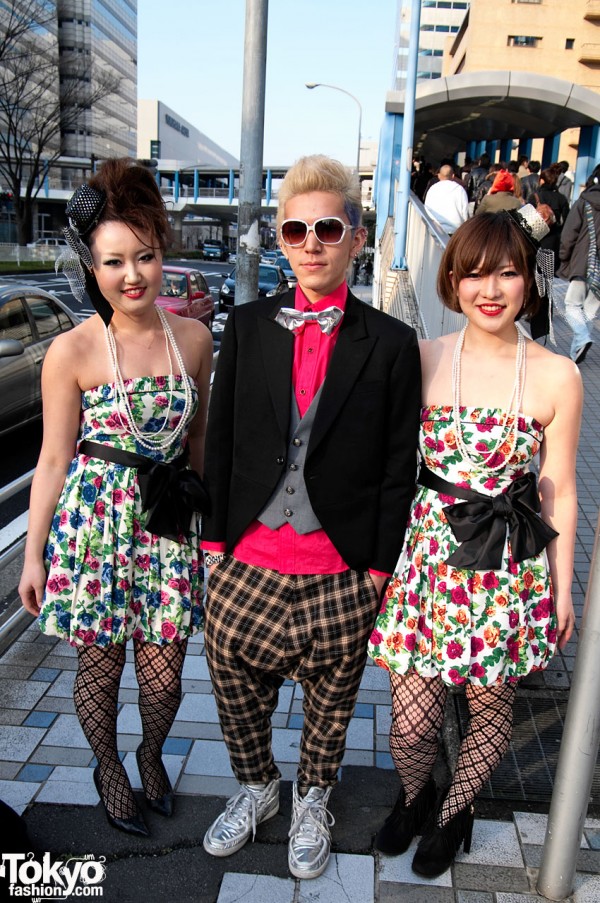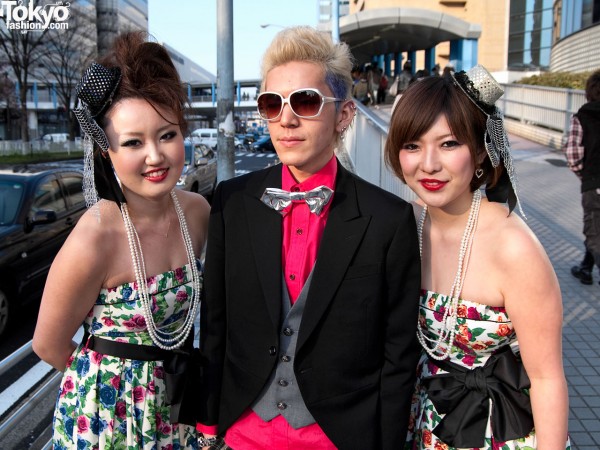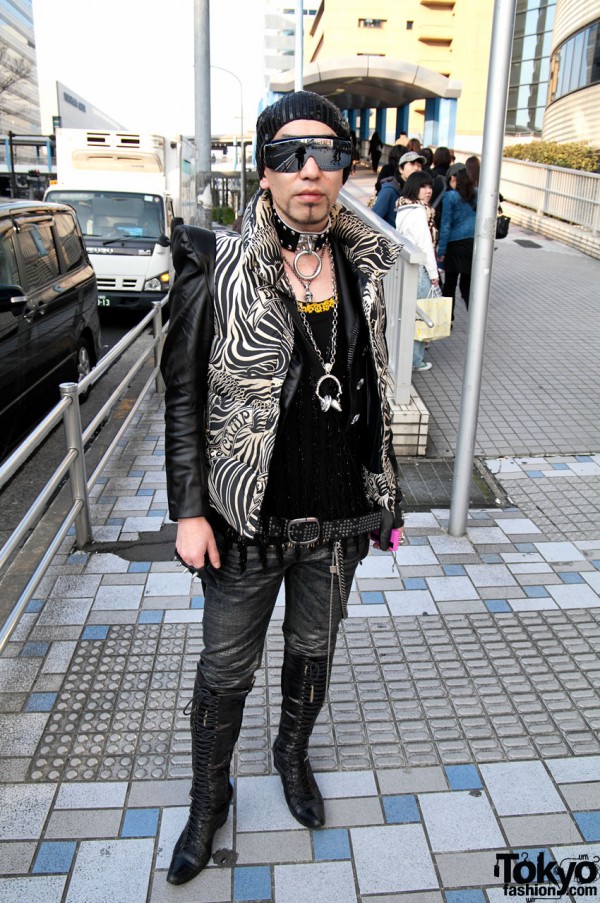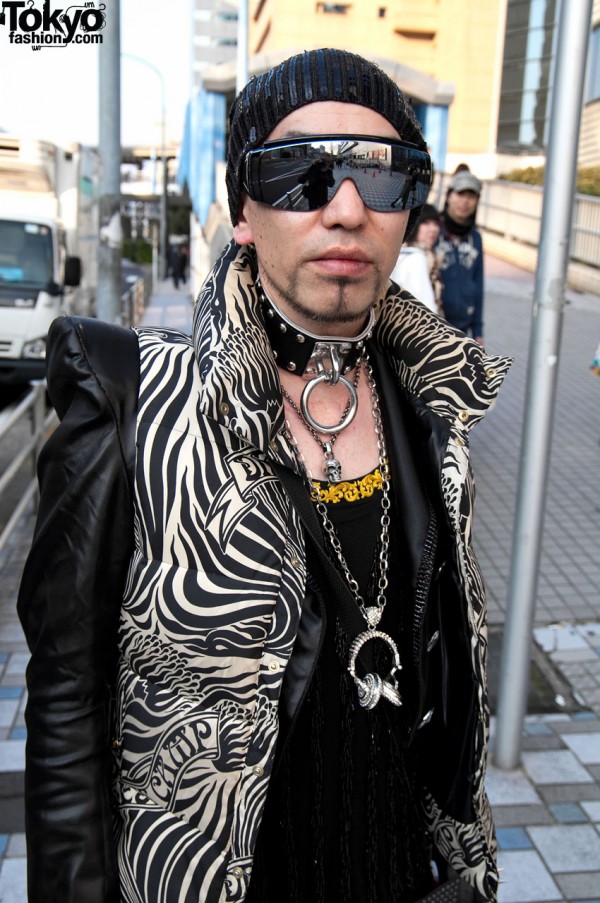Monday, May 31, 2010
Masai
Unlike the other Kenyan tribes who have adapted western lifestyles, the Masai tend the live in their natural and traditional way like their ancestors have been doing for thousands of years.The Masai are a very famous warrior tribe in Kenya whose lives center around herding cattle. The Masai are a semi-nomadic people who travel over great portions of their territory, herding the cattle that are the center of their economy.
These tribal people who live in the grasslands between Kenya and Tanzania are a popular topic and a favourite among travellers. They are recognized by their bright red clothing and beaded jewelry. Their jumping dances are famous. Through their dances and songs, the warriors show off their strength.
They live in small settlements of 8-15 huts per kraal. Their settlements are surrounded by a thornbush fence as an added form of protection. The two-inch long thorns of the thornbush are as sharp as barbed wire and the men are responsible for tying branches together to form the fence. In the evening, the cattle, goats, and other domestic animals are brought inside the kraal for protection against wild animals.
The huts take seven months to build by the women of the village. They are built of branches, twigs, grass, and cow dung and urine formed into a pinside to escape. The fire is used on which to cook and to keep the family warm during the rainy season. Dried cow dung is used as the fuel for the fire.
Inside, the family sleeps on beds of woven branches cushioned with dry grasses and animal skins. In some huts, small animals are brought into the hut in the evening to help protect them from larger and more dangerous animals as well as the cold.
They stay in an area close to the front door. The only evidence of western man in a Masai hut might be a iron cast fry pan, a tin drinking cup or a piece or two of western clothing.
Masai women and girls have a variety of chores besides building the dung hut. They are expected to milk the cows and fetch water, however far that may be (perhaps 36 miles in some cases).
The history of the Maasai stretches back hundreds of years, and today they are living much the same way as they always have. Their herds of cattle are the most important thing they own, which is why they need so much land. They are nomadic people, who travel with their herds to find pasture. The Masai live almost exclusively off their cattle, eating meat, milk and even the blood of their cows. Agriculture and crop growing isn't normally part of their way of life, but is becoming necessary as their territory shrinks.
They must pick calabashes or gourds from vines and clean the insides of the gourds as well as decorate them with leather and beads. Milk, blood, water, honey and cornmeal are stored inside the gourds. The Masai drink milk from the cow or goat every day and when they don't have enough milk, they mix cow's blood with the milk. In order to get the blood, men shoot an arrow in the jugular vein in the cow's neck. The blood spills in a gourd and is stopped with a wad of dung and mud applied to the arrow hole. The Masai believe that blood makes then very strong. Sheep and goats are the principal source of meat; cattle are rarely slaughtered, and then usually for ceremonial purposes.
Women also spend much time doing bead work. They decorate animal hides, gourds, and make beaded jewelry including arm and leg bracelets and amulets.
The image most people have of the Masai warrior is one of a tall and slender and lean man clutching a spear in one hand with his red cloth wrapped around his waist or over his shoulders. The life of the traditional Masai revolves entirely around their cattle. They believe God entrusted his cattle to them; consequently, their wealth is measured by the number of cattle they have acquired. As the young Masai boys reach the age of 15, they have their coming-of- age ceremony. This ceremony initiates them into manhood. They make headdresses of ostrich plumes and eagle feathers, shave their heads, are circumcised and become Morani or young warriors. With others of the same age, they then color their skin red and braid their ocher colored hair intricately and set off together to learn survival techniques. Traditionally in order to pass into manhood, they were to hunt a lion with only a spear. As lions can easily kill and devour a human, you can imagine how dangerous this is. However, the government of Kenya has made this practice illegal . The young Masai warriors live together in one boma or circle of huts until they have passed on to manhood (generally 5-7 years). Then they will marry (probably having a number of wives) and continually live together raising their families and tending their cattle. Basically people of like age live together in bomas. Therefore, the elderly will all be together, but will come to the younger bomas to help teach traditions and skills to their grandchildren. The elderly are responsible for organizing and leading the celebrations and ceremonies.
Boys get to be boys until they are somewhere between 12 and 25, when they go through the painful rituals of circumcision to become junior Masai warriors. Then they live apart from the village for several months, for training and further ceremonies.
The Masai call their god Enkai, who is believed to appear in many forms and objects, among which are the moon, mountains and colors. An interesting point is that Enkai is believed to be both male and female – uncommon to many other religions. A priest is called a Laibon. The priests are believed to descend from God – that’s why they have authority over religious matters. They are ascribed the power to give prophesies and to heal. A Laibon isn’t a political leader but he does have the right to declare wars.
A large portion of their traditional land has been used to create the Masai Mara National Reserve, which is a particularly hot spot for tourists looking to see some wildlife. A Maasai Mara safari is something every adventure traveller should try. Most tour companies will offer you a chance to visit one of their villages and see their culture for yourself. From all Kenyan national parks, this area offers you the best possibilities to see all the "Big Five" animals in one place. Tour guides can help you with translation. This is important as, contrary to the majority of Kenyans, the big majority of these traditional tribesmen don't speak English. As more people are coming to Africa to see its cultural heritage instead of just the exotic wildlife, Masai land has turned into a popular travel destination. The Masai are taking advantage of this interest, and are able to supplement their meagre incomes with tourist photos and the selling of traditional crafts and jewelry.
Maa is the language spoken by the Masai. Translation of Masai languages can be complicated because even among the one tribe, there are several different dialects. Maa is classed as a Nilo-Saharan form of language, and a variety of it is shared with the Samburu and the Chamus peoples.
By Nilo-Saharan, I mean that this group of languages are spoken through central and eastern African, following the course of the Nile river. Other languages in this group are Luo and Kanuri, each with more than 3 million speakers.
The Masai themselves are also starting to operate as guides, showing off their culture to visitors. There is no better way to explore the Masai area, than with a guide who knows its deep history.
Geographically, this region is covered with grassland plains, and sees an average rainfall between 20 and 50 inches each year. The south end of the Masai land is much drier than the north. The territory of the Masai overlaps with the plains known as the Serengeti (in Tanzania) and Masai Mara National Reserve (in Kenya).
This area is most famous for the huge wildebeest migration that take place every year, when up to a million of the animals move from the north end of the plains back to the south. The name Serengeti comes from a Masai word for the seemingly endless plains
They continue to live in their own camps for up to 10 years, at which point them become senior warriors. The mothers of the junior warriors will shave their sons heads, to mark their graduation to senior status. That's when they get to return to the main village and take a wife.
A warrior may take more than one wife, providing he has the wealth to support them. By wealth, I mean herds of cattle.
The Masai dance that is repeatedly seen in African documentaries is usually called the "jumping dance". This particular dance is performed by the men of the village, who leap into the air to show their strength and stamina as tribal warriors.
Each young man will jump as high as he can while the others stand in a circle and sing. The voices of the men get higher as the jumping increases. This jumping dance is as familiar to the Western world as the red-clad and beaded Masai warriors themselves. In the Masai language, this dancing competition is called the "adumu".
Though the jumping dance is the most unusual and best known, there are plenty of other traditional dances that the Masai perform. Masai dances are very structured and are performed for certain occasions.
There are dances for celebration when a lion is killed by the warriors, a dance for the blessing of cattle, and dances performed at wedding ceremonies. Most of the Masai dances are pretty simple, and consist of a lot of bending, but with the feet staying still on the ground.
The Masai generally don't use musical instruments when they are singing or dancing. All of their music is vocal, except for a large horn that is used for certain songs. The beads that both the men and women wear create a jingling sound themselves while the Masai jump and dance. The women occasionally wear bells or rattles for added accompaniment to the singing.
During singing and dancing performances, the movements of the head and neck are important. As the singers breathe out, the head is stuck out and then tipped farther back when they breathe in. This pattern creates a uniform "bobbing" of the Masai's heads as they sing. Kind of like teenagers at a rock concert. Many Masai songs are sung in a call and response pattern, with the women singing one part and the men responding. In recent years, the Masai have been performing their customary songs and dances for outsiders as a way of educating foreigners about their life and ways. These performances are one way of helping to keep their traditions alive as their way of life is slowly being changed by modern society. Much of their territory has been taken from them for ranchers and settlers, leaving the nomadic Masai without the space their cattle need. So they have to adapt.
If you are ever lucky enough to travel to Africa, and see the Masai yourself, try to find a tour guide who is familiar with the local villages. Quite often, the people are willing to perform their dances for visiting tourists. A true Masai dance is something not to be missed. Against the roasted brown backdrop of the African plains, the bright scarlet dancers are quite a sight.
For the nomadic Masai cattle is the most valuable and important thing they own. Traditionally, they don't grow crops or even do much hunting. They entire way of life revolves around their herds of cattle.
On average, each individual of the Masai tribe owns around 15 head of cattle, which makes these people among the wealthiest in Kenya, if a dollar value was placed on their herds. Cattle change hands for any major transaction, specifically when a warrior seeks to marry. He must pay a bride price in cattle.
According to the legends of the Masai, their cattle were given to them by their god and therefore are considered property of the Masai tribe. In the past, this idea led to a lot of cattle poaching from surrounding tribes and ranches. After all, what harm is there taking back something that was theirs in the first place? Today, the practice of cattle theft has pretty much come to an end.
But after generations of stealing cattle from other tribes, the Masai cattle are not strictly one particular breed. Their cows are quite a mixed bag. Along with their herds of prized cows, the Masai also keep other livestock, like goats and sheep. The Masai are very observant with their cows and can recognize each one by their colour and body shape. Some groups use cuts on the cows' ears to help identify them.
According to the legends of the Masai, their cattle were given to them by their god and therefore are considered property of the Masai tribe. In the past, this idea led to a lot of cattle poaching from surrounding tribes and ranches. After all, what harm is there taking back something that was theirs in the first place? Today, the practice of cattle theft has pretty much come to an end.
Though primitive in our eyes, they have a very interesting culture and way of life.
Masai
Unlike the other Kenyan tribes who have adapted western lifestyles, the Masai tend the live in their natural and traditional way like their ancestors have been doing for thousands of years.The Masai are a very famous warrior tribe in Kenya whose lives center around herding cattle. The Masai are a semi-nomadic people who travel over great portions of their territory, herding the cattle that are the center of their economy.
These tribal people who live in the grasslands between Kenya and Tanzania are a popular topic and a favourite among travellers. They are recognized by their bright red clothing and beaded jewelry. Their jumping dances are famous. Through their dances and songs, the warriors show off their strength.
They live in small settlements of 8-15 huts per kraal. Their settlements are surrounded by a thornbush fence as an added form of protection. The two-inch long thorns of the thornbush are as sharp as barbed wire and the men are responsible for tying branches together to form the fence. In the evening, the cattle, goats, and other domestic animals are brought inside the kraal for protection against wild animals.
The huts take seven months to build by the women of the village. They are built of branches, twigs, grass, and cow dung and urine formed into a pinside to escape. The fire is used on which to cook and to keep the family warm during the rainy season. Dried cow dung is used as the fuel for the fire.
Inside, the family sleeps on beds of woven branches cushioned with dry grasses and animal skins. In some huts, small animals are brought into the hut in the evening to help protect them from larger and more dangerous animals as well as the cold.
They stay in an area close to the front door. The only evidence of western man in a Masai hut might be a iron cast fry pan, a tin drinking cup or a piece or two of western clothing.
Masai women and girls have a variety of chores besides building the dung hut. They are expected to milk the cows and fetch water, however far that may be (perhaps 36 miles in some cases).
The history of the Maasai stretches back hundreds of years, and today they are living much the same way as they always have. Their herds of cattle are the most important thing they own, which is why they need so much land. They are nomadic people, who travel with their herds to find pasture. The Masai live almost exclusively off their cattle, eating meat, milk and even the blood of their cows. Agriculture and crop growing isn't normally part of their way of life, but is becoming necessary as their territory shrinks.
They must pick calabashes or gourds from vines and clean the insides of the gourds as well as decorate them with leather and beads. Milk, blood, water, honey and cornmeal are stored inside the gourds. The Masai drink milk from the cow or goat every day and when they don't have enough milk, they mix cow's blood with the milk. In order to get the blood, men shoot an arrow in the jugular vein in the cow's neck. The blood spills in a gourd and is stopped with a wad of dung and mud applied to the arrow hole. The Masai believe that blood makes then very strong. Sheep and goats are the principal source of meat; cattle are rarely slaughtered, and then usually for ceremonial purposes.
Women also spend much time doing bead work. They decorate animal hides, gourds, and make beaded jewelry including arm and leg bracelets and amulets.
The image most people have of the Masai warrior is one of a tall and slender and lean man clutching a spear in one hand with his red cloth wrapped around his waist or over his shoulders. The life of the traditional Masai revolves entirely around their cattle. They believe God entrusted his cattle to them; consequently, their wealth is measured by the number of cattle they have acquired. As the young Masai boys reach the age of 15, they have their coming-of- age ceremony. This ceremony initiates them into manhood. They make headdresses of ostrich plumes and eagle feathers, shave their heads, are circumcised and become Morani or young warriors. With others of the same age, they then color their skin red and braid their ocher colored hair intricately and set off together to learn survival techniques. Traditionally in order to pass into manhood, they were to hunt a lion with only a spear. As lions can easily kill and devour a human, you can imagine how dangerous this is. However, the government of Kenya has made this practice illegal . The young Masai warriors live together in one boma or circle of huts until they have passed on to manhood (generally 5-7 years). Then they will marry (probably having a number of wives) and continually live together raising their families and tending their cattle. Basically people of like age live together in bomas. Therefore, the elderly will all be together, but will come to the younger bomas to help teach traditions and skills to their grandchildren. The elderly are responsible for organizing and leading the celebrations and ceremonies.
Boys get to be boys until they are somewhere between 12 and 25, when they go through the painful rituals of circumcision to become junior Masai warriors. Then they live apart from the village for several months, for training and further ceremonies.
The Masai call their god Enkai, who is believed to appear in many forms and objects, among which are the moon, mountains and colors. An interesting point is that Enkai is believed to be both male and female – uncommon to many other religions. A priest is called a Laibon. The priests are believed to descend from God – that’s why they have authority over religious matters. They are ascribed the power to give prophesies and to heal. A Laibon isn’t a political leader but he does have the right to declare wars.
A large portion of their traditional land has been used to create the Masai Mara National Reserve, which is a particularly hot spot for tourists looking to see some wildlife. A Maasai Mara safari is something every adventure traveller should try. Most tour companies will offer you a chance to visit one of their villages and see their culture for yourself. From all Kenyan national parks, this area offers you the best possibilities to see all the "Big Five" animals in one place. Tour guides can help you with translation. This is important as, contrary to the majority of Kenyans, the big majority of these traditional tribesmen don't speak English. As more people are coming to Africa to see its cultural heritage instead of just the exotic wildlife, Masai land has turned into a popular travel destination. The Masai are taking advantage of this interest, and are able to supplement their meagre incomes with tourist photos and the selling of traditional crafts and jewelry.
Maa is the language spoken by the Masai. Translation of Masai languages can be complicated because even among the one tribe, there are several different dialects. Maa is classed as a Nilo-Saharan form of language, and a variety of it is shared with the Samburu and the Chamus peoples.
By Nilo-Saharan, I mean that this group of languages are spoken through central and eastern African, following the course of the Nile river. Other languages in this group are Luo and Kanuri, each with more than 3 million speakers.
The Masai themselves are also starting to operate as guides, showing off their culture to visitors. There is no better way to explore the Masai area, than with a guide who knows its deep history.
Geographically, this region is covered with grassland plains, and sees an average rainfall between 20 and 50 inches each year. The south end of the Masai land is much drier than the north. The territory of the Masai overlaps with the plains known as the Serengeti (in Tanzania) and Masai Mara National Reserve (in Kenya).
This area is most famous for the huge wildebeest migration that take place every year, when up to a million of the animals move from the north end of the plains back to the south. The name Serengeti comes from a Masai word for the seemingly endless plains
They continue to live in their own camps for up to 10 years, at which point them become senior warriors. The mothers of the junior warriors will shave their sons heads, to mark their graduation to senior status. That's when they get to return to the main village and take a wife.
A warrior may take more than one wife, providing he has the wealth to support them. By wealth, I mean herds of cattle.
The Masai dance that is repeatedly seen in African documentaries is usually called the "jumping dance". This particular dance is performed by the men of the village, who leap into the air to show their strength and stamina as tribal warriors.
Each young man will jump as high as he can while the others stand in a circle and sing. The voices of the men get higher as the jumping increases. This jumping dance is as familiar to the Western world as the red-clad and beaded Masai warriors themselves. In the Masai language, this dancing competition is called the "adumu".
Though the jumping dance is the most unusual and best known, there are plenty of other traditional dances that the Masai perform. Masai dances are very structured and are performed for certain occasions.
There are dances for celebration when a lion is killed by the warriors, a dance for the blessing of cattle, and dances performed at wedding ceremonies. Most of the Masai dances are pretty simple, and consist of a lot of bending, but with the feet staying still on the ground.
The Masai generally don't use musical instruments when they are singing or dancing. All of their music is vocal, except for a large horn that is used for certain songs. The beads that both the men and women wear create a jingling sound themselves while the Masai jump and dance. The women occasionally wear bells or rattles for added accompaniment to the singing.
During singing and dancing performances, the movements of the head and neck are important. As the singers breathe out, the head is stuck out and then tipped farther back when they breathe in. This pattern creates a uniform "bobbing" of the Masai's heads as they sing. Kind of like teenagers at a rock concert. Many Masai songs are sung in a call and response pattern, with the women singing one part and the men responding. In recent years, the Masai have been performing their customary songs and dances for outsiders as a way of educating foreigners about their life and ways. These performances are one way of helping to keep their traditions alive as their way of life is slowly being changed by modern society. Much of their territory has been taken from them for ranchers and settlers, leaving the nomadic Masai without the space their cattle need. So they have to adapt.
If you are ever lucky enough to travel to Africa, and see the Masai yourself, try to find a tour guide who is familiar with the local villages. Quite often, the people are willing to perform their dances for visiting tourists. A true Masai dance is something not to be missed. Against the roasted brown backdrop of the African plains, the bright scarlet dancers are quite a sight.
For the nomadic Masai cattle is the most valuable and important thing they own. Traditionally, they don't grow crops or even do much hunting. They entire way of life revolves around their herds of cattle.
On average, each individual of the Masai tribe owns around 15 head of cattle, which makes these people among the wealthiest in Kenya, if a dollar value was placed on their herds. Cattle change hands for any major transaction, specifically when a warrior seeks to marry. He must pay a bride price in cattle.
According to the legends of the Masai, their cattle were given to them by their god and therefore are considered property of the Masai tribe. In the past, this idea led to a lot of cattle poaching from surrounding tribes and ranches. After all, what harm is there taking back something that was theirs in the first place? Today, the practice of cattle theft has pretty much come to an end.
But after generations of stealing cattle from other tribes, the Masai cattle are not strictly one particular breed. Their cows are quite a mixed bag. Along with their herds of prized cows, the Masai also keep other livestock, like goats and sheep. The Masai are very observant with their cows and can recognize each one by their colour and body shape. Some groups use cuts on the cows' ears to help identify them.
According to the legends of the Masai, their cattle were given to them by their god and therefore are considered property of the Masai tribe. In the past, this idea led to a lot of cattle poaching from surrounding tribes and ranches. After all, what harm is there taking back something that was theirs in the first place? Today, the practice of cattle theft has pretty much come to an end.
Though primitive in our eyes, they have a very interesting culture and way of life.
Sunday, May 30, 2010
Changed his life
I found this story on a website. This story is of how a person changed another person's life.
One day, when I was a freshman in high school,
>
>I saw a kid from my class was walking home from school.
>
>His name was Kyle.
>
>It looked like he was carrying all of his books.
>
>I thought to myself, "Why would anyone bring home all his books on a
>Friday?
>
>He must really be a nerd."
>
>I had quite a weekend planned (parties and a football game with my
>friends tomorrow afternoon), so I shrugged my shoulders and went on.
>
>As I was walking, I saw a bunch of kids running toward him.
>
>They ran at him, knocking all his books out of his arms and tripping him
>so he landed in the dirt.
>
>His glasses went flying, and I saw them land in the grass about ten feet
>from him.
>
>He looked up and I saw this terrible sadness in his eyes.
>
>My heart went out to him. So, I jogged over to him and as he crawled
>around looking for his glasses, I saw a tear in his eye.
>
>As I handed him his glasses, I said, "Those guys are jerks.
>
>They really should get lives."
>
>He looked at me and said, "Hey thanks!"
>
>There was a big smile on his face.
>
>It was one of those smiles that showed real gratitude.
>
>I helped him pick up his books, and asked him where he lived.
>
>As it turned out, he lived near me, so I asked him why I had never seen
>him before.
>
>He said he had gone to private school before now.
>
>I would have never hung out with a private school kid before.
>
>We talked all the way home, and I carried some of his books.
>
>He turned out to be a pretty cool kid.
>
>I asked him if he wanted to play a little football with my friends
>
>He said yes.
>
>We hung out all weekend and the more I got to know Kyle, the more I liked
>him, and my friends thought the same of him.
>
>Monday morning came, and there was Kyle with the huge stack of books
>again.
>
>I stopped him and said, "Boy, you are gonna really build some serious
>muscles with this pile of books everyday!"
>
>He just laughed and handed me half the books.
>
>Over the next four years, Kyle and I became best friends.
>
>When we were seniors, we began to think
>about college.
>
>Kyle decided on Georgetown, and I
>was going to Duke.
>
>I knew that we would always be friends, that the miles would never be a
>problem.
>
>He was going to be a doctor, and I was going for business on a football
>scholarship.
>
>Kyle was valedictorian of our class.
>
>I teased him all the time about being a nerd.
>
>He had to prepare a speech for graduation.
>
>I was so glad it wasn't me having to get up there and speak
>
>Graduation day, I saw Kyle.
>
>He looked great.
>
>He was one of those guys that really found himself during high school.
>
>He filled out and actually looked good in glasses.
>
>He had more dates than I had and all the girls loved him.
>
>Boy, sometimes I was jealous!
>
>Today was one of those days.
>
>I could see that he was nervous about his speech.
>
>So, I smacked him on the back and said, "Hey, big guy, you'll be great!"
>
>He looked at me with one of those looks (the really grateful one) and
>smiled.
>
>"Thanks!," he said.
>
>As he started his speech, he cleared his throat, and began
>
>"Graduation is a time to thank those who helped you make it through those
>tough years.
>
>Your parents, your teachers, your siblings, maybe a coach...but mostly
>your friends...
>
>I am here to tell all of you that being a
>friend to someone is the best gift you can give them.
>
>I am going to tell you a story."
>
>I just looked at my friend with disbelief as he told the story of the
>first day we met.
>
>He had planned to kill himself over the weekend.
>
>He talked of how he had cleaned out his locker so his Mom wouldn't have to
>do it later and was carrying his stuff home.
>
>He looked hard at me and gave me a little smile.
>
>"Thankfully, I was saved.
>
>My friend saved me from doing the unspeakable."
>
>I heard the gasp go through the crowd as this handsome, popular boy told
>us all about his weakest moment
>
>I saw his Mom and dad looking at me and smiling that same grateful smile.
>
>
>Not until that moment did I realize it's depth.
>
>Never underestimate the power of your actions.
>
>With one small gesture you can change a person's life.
>
>For better or for worse.
>
>God puts us all in each other's lives to impact one another in some way.
One day, when I was a freshman in high school,
>
>I saw a kid from my class was walking home from school.
>
>His name was Kyle.
>
>It looked like he was carrying all of his books.
>
>I thought to myself, "Why would anyone bring home all his books on a
>Friday?
>
>He must really be a nerd."
>
>I had quite a weekend planned (parties and a football game with my
>friends tomorrow afternoon), so I shrugged my shoulders and went on.
>
>As I was walking, I saw a bunch of kids running toward him.
>
>They ran at him, knocking all his books out of his arms and tripping him
>so he landed in the dirt.
>
>His glasses went flying, and I saw them land in the grass about ten feet
>from him.
>
>He looked up and I saw this terrible sadness in his eyes.
>
>My heart went out to him. So, I jogged over to him and as he crawled
>around looking for his glasses, I saw a tear in his eye.
>
>As I handed him his glasses, I said, "Those guys are jerks.
>
>They really should get lives."
>
>He looked at me and said, "Hey thanks!"
>
>There was a big smile on his face.
>
>It was one of those smiles that showed real gratitude.
>
>I helped him pick up his books, and asked him where he lived.
>
>As it turned out, he lived near me, so I asked him why I had never seen
>him before.
>
>He said he had gone to private school before now.
>
>I would have never hung out with a private school kid before.
>
>We talked all the way home, and I carried some of his books.
>
>He turned out to be a pretty cool kid.
>
>I asked him if he wanted to play a little football with my friends
>
>He said yes.
>
>We hung out all weekend and the more I got to know Kyle, the more I liked
>him, and my friends thought the same of him.
>
>Monday morning came, and there was Kyle with the huge stack of books
>again.
>
>I stopped him and said, "Boy, you are gonna really build some serious
>muscles with this pile of books everyday!"
>
>He just laughed and handed me half the books.
>
>Over the next four years, Kyle and I became best friends.
>
>When we were seniors, we began to think
>about college.
>
>Kyle decided on Georgetown, and I
>was going to Duke.
>
>I knew that we would always be friends, that the miles would never be a
>problem.
>
>He was going to be a doctor, and I was going for business on a football
>scholarship.
>
>Kyle was valedictorian of our class.
>
>I teased him all the time about being a nerd.
>
>He had to prepare a speech for graduation.
>
>I was so glad it wasn't me having to get up there and speak
>
>Graduation day, I saw Kyle.
>
>He looked great.
>
>He was one of those guys that really found himself during high school.
>
>He filled out and actually looked good in glasses.
>
>He had more dates than I had and all the girls loved him.
>
>Boy, sometimes I was jealous!
>
>Today was one of those days.
>
>I could see that he was nervous about his speech.
>
>So, I smacked him on the back and said, "Hey, big guy, you'll be great!"
>
>He looked at me with one of those looks (the really grateful one) and
>smiled.
>
>"Thanks!," he said.
>
>As he started his speech, he cleared his throat, and began
>
>"Graduation is a time to thank those who helped you make it through those
>tough years.
>
>Your parents, your teachers, your siblings, maybe a coach...but mostly
>your friends...
>
>I am here to tell all of you that being a
>friend to someone is the best gift you can give them.
>
>I am going to tell you a story."
>
>I just looked at my friend with disbelief as he told the story of the
>first day we met.
>
>He had planned to kill himself over the weekend.
>
>He talked of how he had cleaned out his locker so his Mom wouldn't have to
>do it later and was carrying his stuff home.
>
>He looked hard at me and gave me a little smile.
>
>"Thankfully, I was saved.
>
>My friend saved me from doing the unspeakable."
>
>I heard the gasp go through the crowd as this handsome, popular boy told
>us all about his weakest moment
>
>I saw his Mom and dad looking at me and smiling that same grateful smile.
>
>
>Not until that moment did I realize it's depth.
>
>Never underestimate the power of your actions.
>
>With one small gesture you can change a person's life.
>
>For better or for worse.
>
>God puts us all in each other's lives to impact one another in some way.
Thursday, May 27, 2010
Spying On Kids
 According to the filings in Blake J Robbins v Lower Merion School District (PA) et al, the laptops issued to high-school students in the well-heeled Philly suburb have webcams that can be covertly activated by the schools' administrators, who have used this facility to spy on students and even their families. The issue came to light when the Robbins's child was disciplined for "improper behavior in his home" and the Vice Principal used a photo taken by the webcam as evidence. The suit is a class action, brought on behalf of all students issued with these machines.
According to the filings in Blake J Robbins v Lower Merion School District (PA) et al, the laptops issued to high-school students in the well-heeled Philly suburb have webcams that can be covertly activated by the schools' administrators, who have used this facility to spy on students and even their families. The issue came to light when the Robbins's child was disciplined for "improper behavior in his home" and the Vice Principal used a photo taken by the webcam as evidence. The suit is a class action, brought on behalf of all students issued with these machines.If true, these allegations are about as creepy as they come. I don't know about you, but I often have the laptop in the room while I'm getting dressed, having private discussions with my family, and so on. The idea that a school district would not only spy on its students' clickstreams and emails (bad enough), but also use these machines as AV bugs is purely horrifying.
Schools are in an absolute panic about kids divulging too much online, worried about pedos and marketers and embarrassing photos that will haunt you when you run for office or apply for a job in 10 years. They tell kids to treat their personal details as though they were precious.
your privacy is worthless and you shouldn't try to protect it.
Tuesday, May 25, 2010
Subscribe to:
Posts (Atom)
